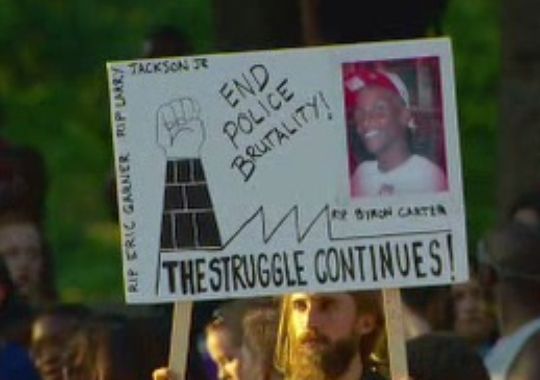We’re improving some technical things on our end for blog subscriptions.
To subscribe to news & events for this chapter and/or for our international lists, use the form in the sidebar, or browse all DGR lists.
If you received this post by email, it means you’re subscribed via wordpress.com. You’ll keep getting emails for regular posts, but not for calendar event postings or for exclusive alerts. To get them all, subscribe to the list as described above. Then login at wordpress.com to unfollow from the old method.
If you have any questions or run into any problems, email webmaster@deepgreenresistance.org








